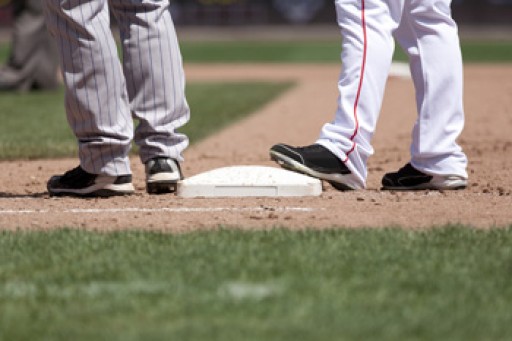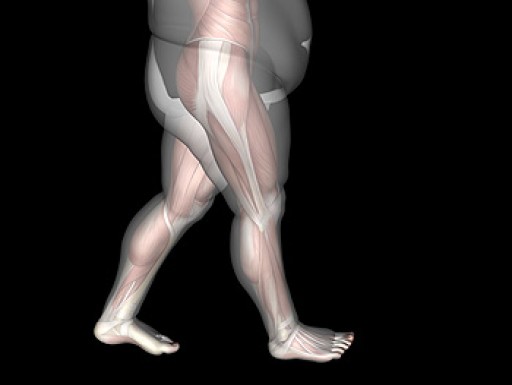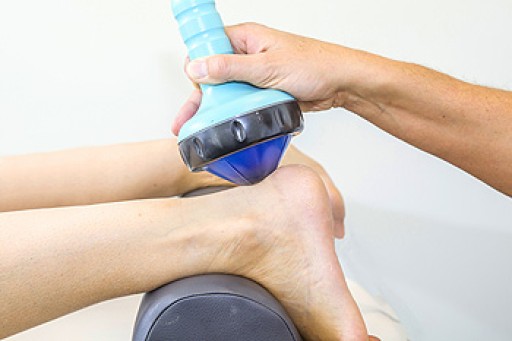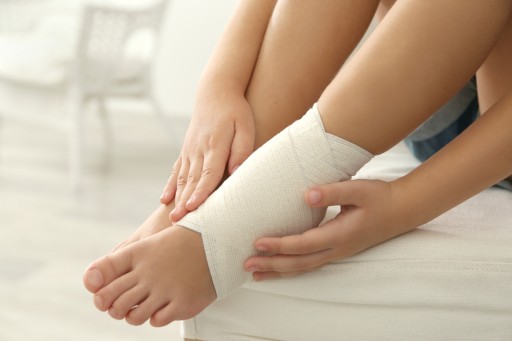 Pitcher Joe Smith of the Houston Astros was facing a long and tough recovery when he ruptured the Achilles tendon in his right ankle last December. Instead of choosing to end his career, however, Smith took on rehabilitation after receiving surgery for the repair. Smith’s decision has proven to be the right one, as the player made his return to the field for the first time this year on July 14th, and he’s been strong and solid since. Smith has played 20 games for the Houston Astros since his return, and in those games, he’s allowed only three earned runs. The pitcher’s proven resilience has made him a key player for the Astros as they move forward. If you believe that you’ve experienced an Achilles tendon injury, consult with your podiatrist.
Pitcher Joe Smith of the Houston Astros was facing a long and tough recovery when he ruptured the Achilles tendon in his right ankle last December. Instead of choosing to end his career, however, Smith took on rehabilitation after receiving surgery for the repair. Smith’s decision has proven to be the right one, as the player made his return to the field for the first time this year on July 14th, and he’s been strong and solid since. Smith has played 20 games for the Houston Astros since his return, and in those games, he’s allowed only three earned runs. The pitcher’s proven resilience has made him a key player for the Astros as they move forward. If you believe that you’ve experienced an Achilles tendon injury, consult with your podiatrist.
Achilles tendon injuries need immediate attention to avoid future complications. If you have any concerns, contact one of our podiatrists of Canonsburg Podiatry Associates. Our doctors can provide the care you need to keep you pain-free and on your feet.
What Is the Achilles Tendon?
The Achilles tendon is a tendon that connects the lower leg muscles and calf to the heel of the foot. It is the strongest tendon in the human body and is essential for making movement possible. Because this tendon is such an integral part of the body, any injuries to it can create immense difficulties and should immediately be presented to a doctor.
What Are the Symptoms of an Achilles Tendon Injury?
There are various types of injuries that can affect the Achilles tendon. The two most common injuries are Achilles tendinitis and ruptures of the tendon.
Achilles Tendinitis Symptoms
- Inflammation
- Dull to severe pain
- Increased blood flow to the tendon
- Thickening of the tendon
Rupture Symptoms
- Extreme pain and swelling in the foot
- Total immobility
Treatment and Prevention
Achilles tendon injuries are diagnosed by a thorough physical evaluation, which can include an MRI. Treatment involves rest, physical therapy, and in some cases, surgery. However, various preventative measures can be taken to avoid these injuries, such as:
- Thorough stretching of the tendon before and after exercise
- Strengthening exercises like calf raises, squats, leg curls, leg extensions, leg raises, lunges, and leg presses
If you have any questions please feel free to contact our office located in Canonsburg and McMurray, PA . We offer the newest diagnostic tools and technology to treat your foot and ankle needs.










